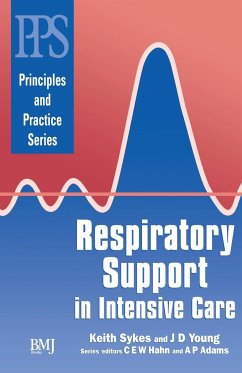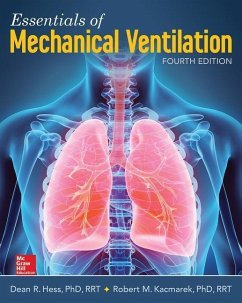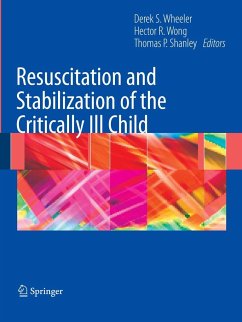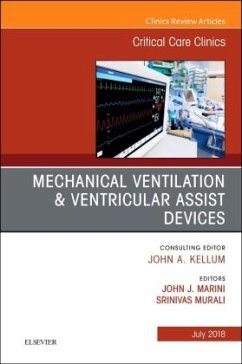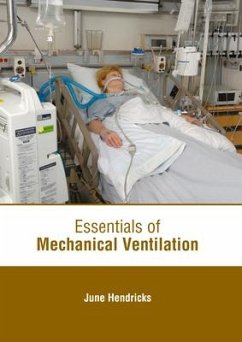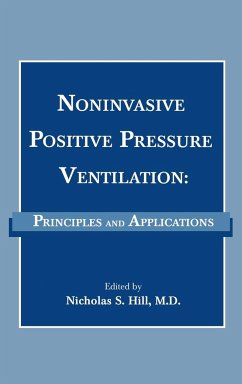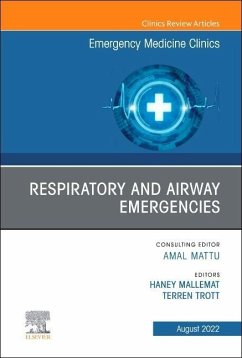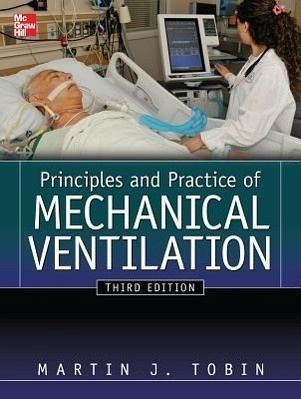
Principles and Practice of Mechanical Ventilation
Versandkostenfrei!
Versandfertig in über 4 Wochen
338,99 €
inkl. MwSt.

PAYBACK Punkte
169 °P sammeln!
The definitive guide to the use of mechanical ventilation in critically ill patients - now in full color and updated to reflect the latest advances A Doody's Core Title for 2022! Principles & Practice of Mechanical Ventilation, 3e provides comprehensive, authoritative coverage of all the clinical, pharmacological, and technical issues surrounding the use of mechanical ventilation. Editor Martin J. Tobin - past editor-in-chief of the American Journal of Respiratory and Critical Care Medicine - has enlisted more than 100 authors, all of whom are at the forefront of research in their chosen subfi...
The definitive guide to the use of mechanical ventilation in critically ill patients - now in full color and updated to reflect the latest advances A Doody's Core Title for 2022! Principles & Practice of Mechanical Ventilation, 3e provides comprehensive, authoritative coverage of all the clinical, pharmacological, and technical issues surrounding the use of mechanical ventilation. Editor Martin J. Tobin - past editor-in-chief of the American Journal of Respiratory and Critical Care Medicine - has enlisted more than 100 authors, all of whom are at the forefront of research in their chosen subfield in order to provide the most authoritative and up-to-date information possible. No other text so thoroughly and comprehensively explores the myriad advances in modes and methodologies that have occurred in this ever-changing field as this cornerstone text. Features: 1. Each chapter has been extensively revised to reflect the latest research 2. A strong focus on the biomedical principles that govern ventilator management 3. Expert insights from contributors in critical care, pulmonary medicine, anesthesiology, surgery, basic science, provide a unique multidisciplinary approach 4. 68 chapters that explore every important aspect of mechanical ventilation, including:Conventional and unconventional methods of ventilator support;Noninvasive methods of ventilator support;Unconventional methods of ventilator support;Physiologic effect of mechanical ventilation;Complications in ventilator supported patients;Weaning of ventilator-support;Management of the ventilator-supported patient;Adjunctive therapy, including fluid management, inhaled antibiotic therapy, and bronchodilator therapy;Ethics and economics Principles & Practice of Mechanical Ventilation, 3e comprehensively covers the principles and practice of keeping patients alive through the use of mechanical ventilation, along with related pharmacological and technical issues.



